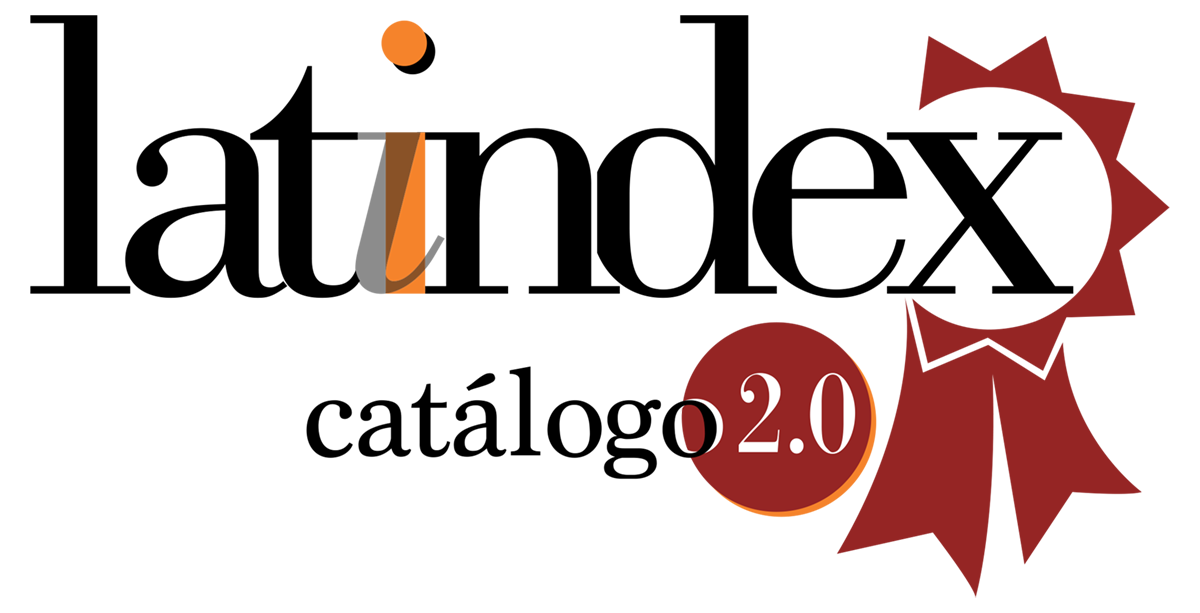Directrices para autores
Submitted articles must align with categories widely recognized as outcomes of research:
Original Research Articles: These are academic documents that provide a detailed account of the results of original studies or research conducted by the authors. Their structure follows a conventional format that includes sections such as introduction, materials and methods, results, discussion, conclusions, and references. The maximum length is 16 pages, including cover, tables and/or figures, and references.
Review Articles: These academic documents focus on critically evaluating and synthesizing existing literature on a specific topic. The purpose of these articles is to provide a comprehensive overview of the current state of knowledge in the field, highlight trends, identify research gaps, and, in some cases, propose future directions.
A good review article must be comprehensive, no longer than 30 pages, based on reliable sources, and provide a critical perspective on the studies reviewed (at least 50 references). The document should be organized as follows: abstract; introduction; methodology; development; discussion; conclusions, and references.
Short Articles: Concise, focused research works that communicate specific findings, innovative methodologies, or notable contributions in a particular area. Unlike standard research articles, short articles present information succinctly, focusing on a specific aspect of a broader topic. These documents, while shorter in length, adhere to rigorous scientific standards and aim to provide a quick and accessible presentation of preliminary results or significant ideas in the academic literature. They follow a basic structure, including an unstructured abstract of up to 150 words, introduction, methodology (materials and methods), development, conclusions, and references. Their length should be between 1,500 and 4,000 words, including the cover, tables and/or figures, and references.
Scientific Essays: These are brief writings focused on a specific topic requiring in-depth analysis, discernment, and synthesis. In this type of document, the author articulates their perspective or viewpoint, supported by objective information collected and presented beforehand, while emphasizing originality. The structure includes: introduction (statement/thesis), development, conclusion, and references. The length should be 1,500–2,000 words.
Technical Notes: Contributions focusing on providing detailed and specific information about a technical or methodological topic. They are brief and center on practical aspects, implementation details, or specific methodologies used in a study or project. They include introduction, materials and methods, results supporting the conclusion, and references. They should not exceed 6 pages.
Submission Instructions
To ensure the quality and consistency of published articles, Erevna Research Reports requests authors to follow these submission guidelines:
- Download the manuscript template for Erevna journal, corresponding to the editorial structure required for original research articles or theoretical review articles.
- Download the essay template for Erevna journal, corresponding to the editorial structure required for scientific essays addressing narratives and analysis of existing information on specific topics.
Submitted articles must be accompanied by the following documents:
- Declaration of originality and publication rights transfer, certifying the work is original, not plagiarized, and complies with ethical research standards. This declaration safeguards the authenticity of the submitted content.
- Conflict of interest statement, where authors explicitly disclose any financial, professional, academic, institutional, or personal conditions that could compromise trust in the research and lead to biased results.
- Contribution statement, detailing each author's role in the conception, structuring, and preparation of the manuscript, covering all stages, from bibliographic research to final review. This ensures each author has contributed substantially to the article's development.
Discussion
Data are interpreted, analyzed, and discussed while referencing previous research, highlighting similarities or differences, and explaining any contradictions. Claims should be supported with pertinent bibliographic citations. Except for historical studies, 75% of citations are expected to be from the last five years.
Conclusions
(Section title: Times New Roman - 12 points, centered, uppercase, and bold)
(Section content: Times New Roman - 12 points, justified, line spacing 1.15)
Conclusions should be concise and align directly with the research objectives, providing clear answers to the question posed at the beginning (avoid bullets or lists; it is ideal to present them through traditional prose).
Summarize the key findings and their implications, emphasizing both the strengths and potential limitations of the study that could affect the interpretation of results.
Provide a vision of the practical and theoretical implications of the results while highlighting their relevance within the research context. Finally, suggest directions for future research based on identified gaps or emerging opportunities during the study.
Statements
(Section title: Times New Roman - 12 points, centered, uppercase, and bold)
(Section content: Times New Roman - 12 points, justified, line spacing 1.15)
-
Acknowledgments: Optional
-
Funding Support: Optional
-
Conflicts of Interest: Declare any potential conflicts of interest for each author. If there are no conflicts of interest, state: "The authors declare no conflicts of interest related to the work presented in this report."
-
Use of Artificial Intelligence: Authors are required to include an explicit statement regarding the use of Artificial Intelligence (AI) in the preparation of the work. If no AI technologies were employed in the study, explicitly state: "No AI or AI-assisted technologies were used in the development of this work." Otherwise, detail how AI was utilized, including the name of the tool and the purpose, adding: "Following the use of this [TOOL/SERVICE], the content was reviewed and edited; consequently, the authors assume full responsibility for the content of the publication."
References
(Section title: Times New Roman - 12 points, centered, uppercase, and bold)
(Section content: Times New Roman - 12 points, justified, line spacing 1.15)
References should include only works mentioned in the text, prioritizing those from indexed journals and books, and should follow the guidelines established by the latest edition of APA norms (https://normas-apa.org/, https://normas-apa.org/wp-content/uploads/Guia-Normas-APA-7ma-edicion.pdf).
It is recommended to use academic and scientific sources that provide rigor and credibility to the work. Preference should be given to peer-reviewed articles, academic books, technical reports, and publications in specialized journals. Avoid excessive use of theses as primary sources. References to personal communications, interviews, notes, or news articles are not permitted. This approach will help strengthen the academic foundation of the article and ensure the reliability of the information presented.
The minimum requirement is 15–25 references for original research articles, 10–20 references for essays, and 30–50 references for review articles.
The inclusion of DOIs for all possible instances or URLs (Uniform Resource Locator) to identify resources on the web is emphasized. Tools for shortening excessively long URLs are recommended.
















